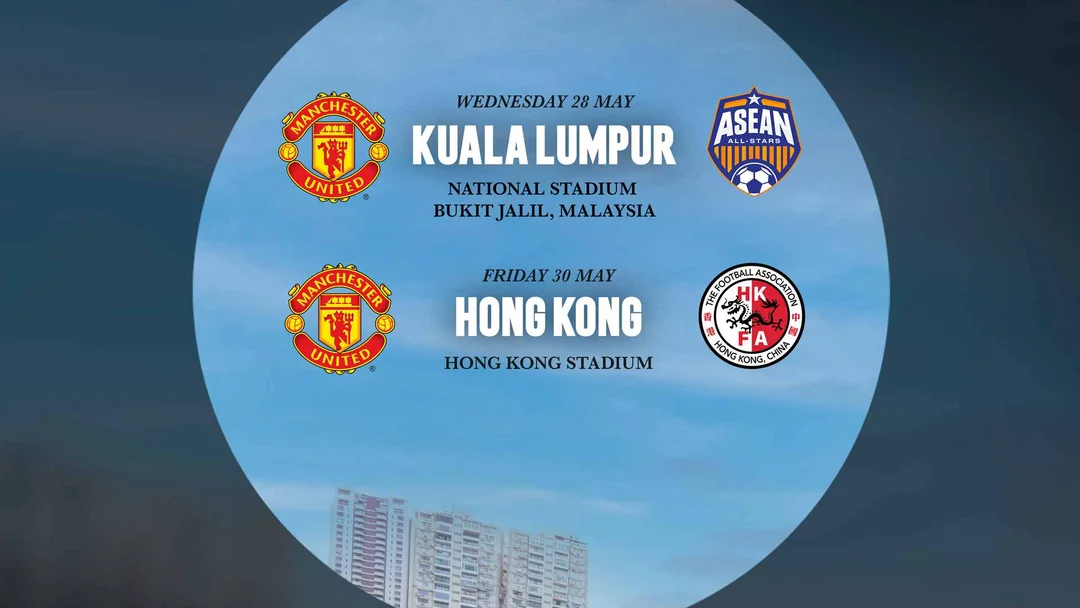
Manchester United’s Epic 25,000-Mile Summer Tour: Global Brand Building Amid Financial Tightrope
Manchester United are set for a whirlwind 2025 summer that will see the Red Devils circle the globe — from Malaysia and Hong Kong to Sweden and across the United States — in a mammoth tour spanning more than 25,000 air miles. While supporters in Asia, Scandinavia, and North America eagerly await the visit of footballing royalty, the real drama plays out in the club’s boardroom: this ambitious itinerary is as much about survival in the Profit and Sustainability Rules (PSR) era as it is about bringing football to fans worldwide.
United’s tour itinerary reads like an epic travelogue: matches in Kuala Lumpur’s Bukit Jalil Stadium and Hong Kong Stadium, followed swiftly by friendlies in Stockholm, New Jersey, Chicago, and Atlanta before returning to England — all within just a few weeks. The statistical impact is staggering: these travels, together with ongoing Europa League exploits, could see United play in up to 11 different countries before next season even kicks off.
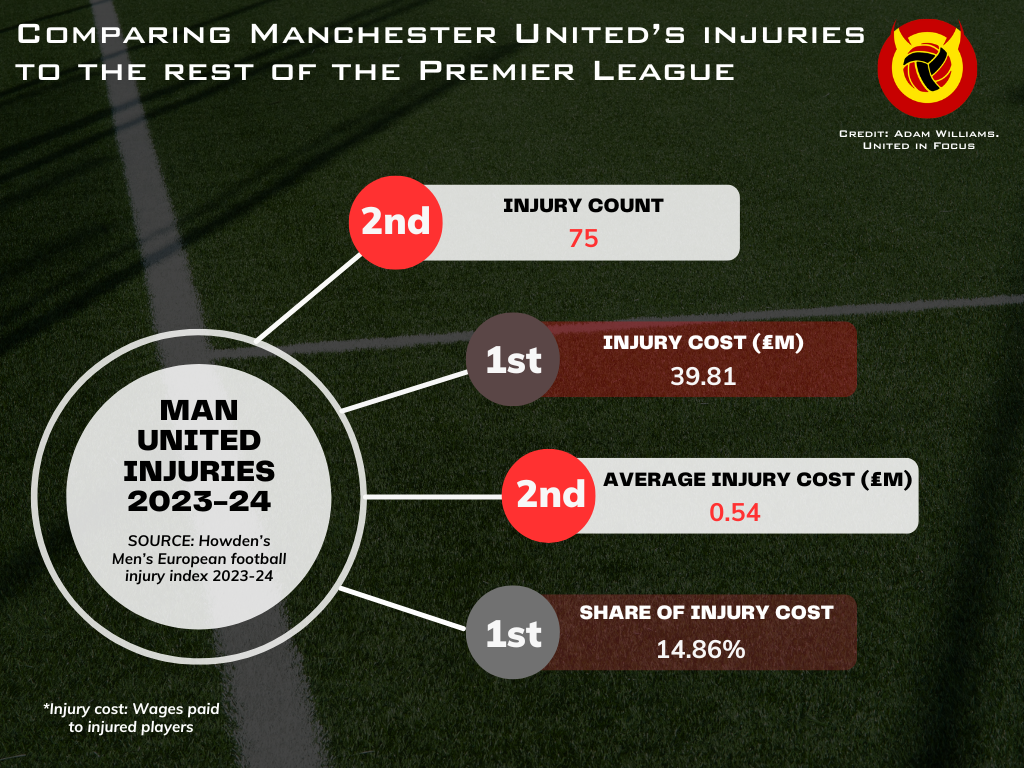
The club’s rationale is clear. Despite record revenues of £661.8m last season, United still posted net losses of £113.2m and sit precariously close to breaching PSR limits, which allow for only £105m in losses over three years. The missed revenue from pandemic-era travel restrictions is keenly felt, and commercial tours like this one are now crucially timed financial lifelines. According to club estimates, United stand to earn at least £20m from promoter fees and ticket sales alone this summer, with lucrative partnerships — such as a £10m deal with Malaysia Airlines — sweetening the pot further.
Behind the numbers, though, lies a strain. As former Manchester City financial adviser Stefan Borson bluntly stated, "the players are going to absolutely despise it" — a sentiment not uncommon in the industry. Post-season jaunts begin just days after the curtain falls on the Premier League, leaving little time for physical recovery. Manager Ruben Amorim, for his part, diplomatically described the commitment as a "small sacrifice" required to reward the club’s global fan base and shore up finances after admitting, "We are doing all this so we have to make sacrifice – and [it] is a small sacrifice. It will be six days and we make contact with our fans around the world."
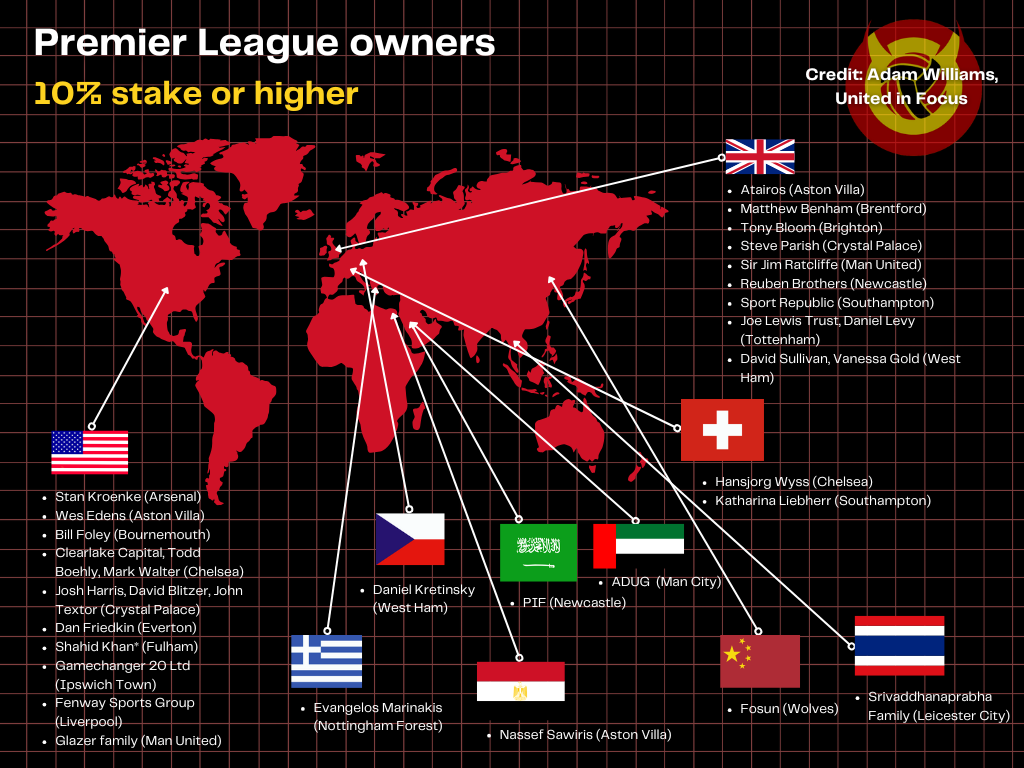
Beyond Asia, United’s US schedule brings sharp commercial focus. The American football market, with 44% of its 36 million fans yet to choose a team, tempers higher ticket prices and offers European giants a share of a potential £860m revenue bonanza. As both the Club World Cup and World Cup head to the States, United’s presence there is strategic — they’re not just competing on the pitch but for a foothold in fans’ hearts and merchandising wallets.
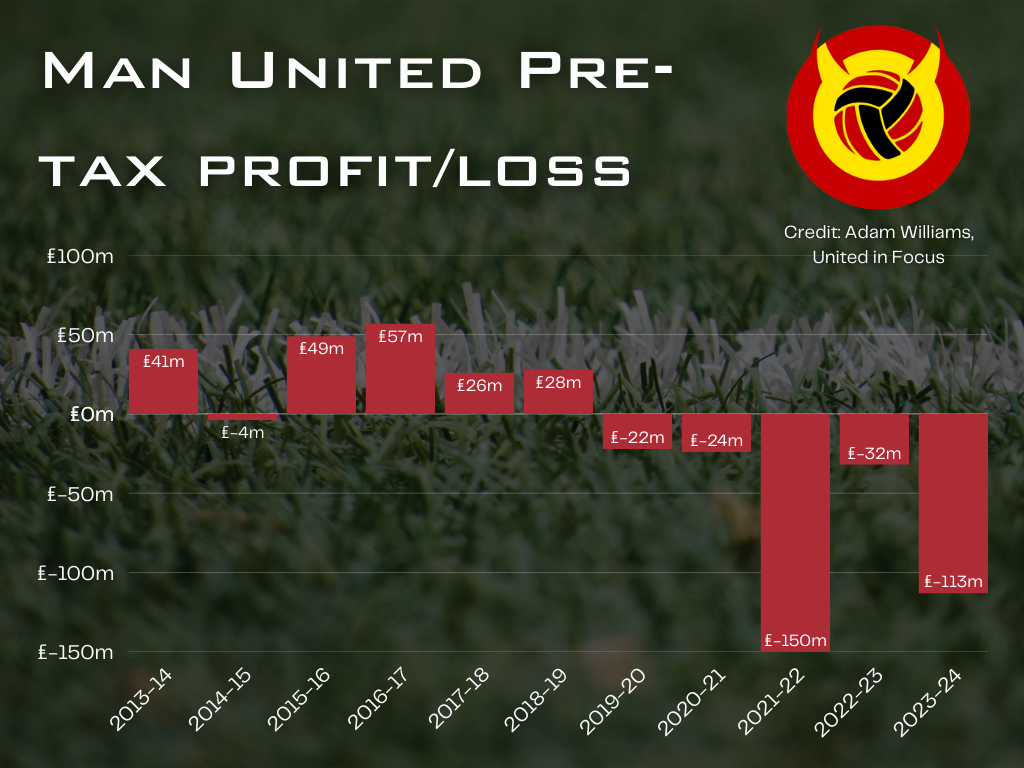
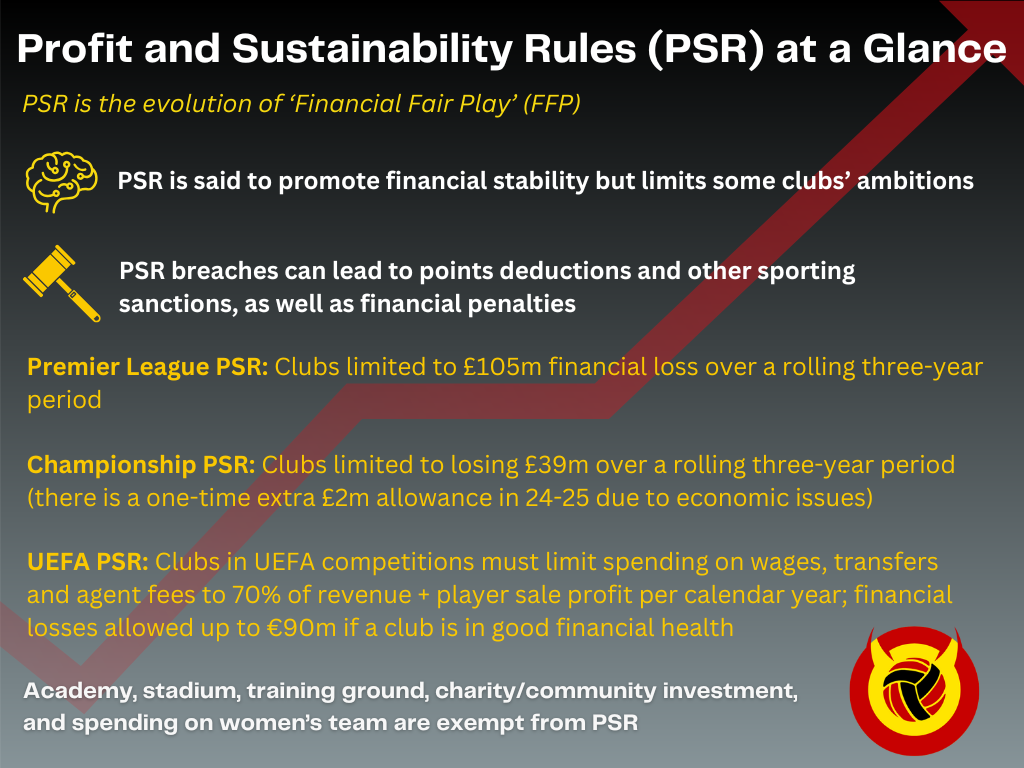
United aren’t alone in pursuing globe-trotting pre- and post-season tours, but their need is arguably most acute. Ten years ago, the club’s commercial machine seemed unassailable; lately, rivals have closed the gap, piling pressure on Ineos, Sir Jim Ratcliffe, and the Glazers to innovate and reinvigorate the brand.
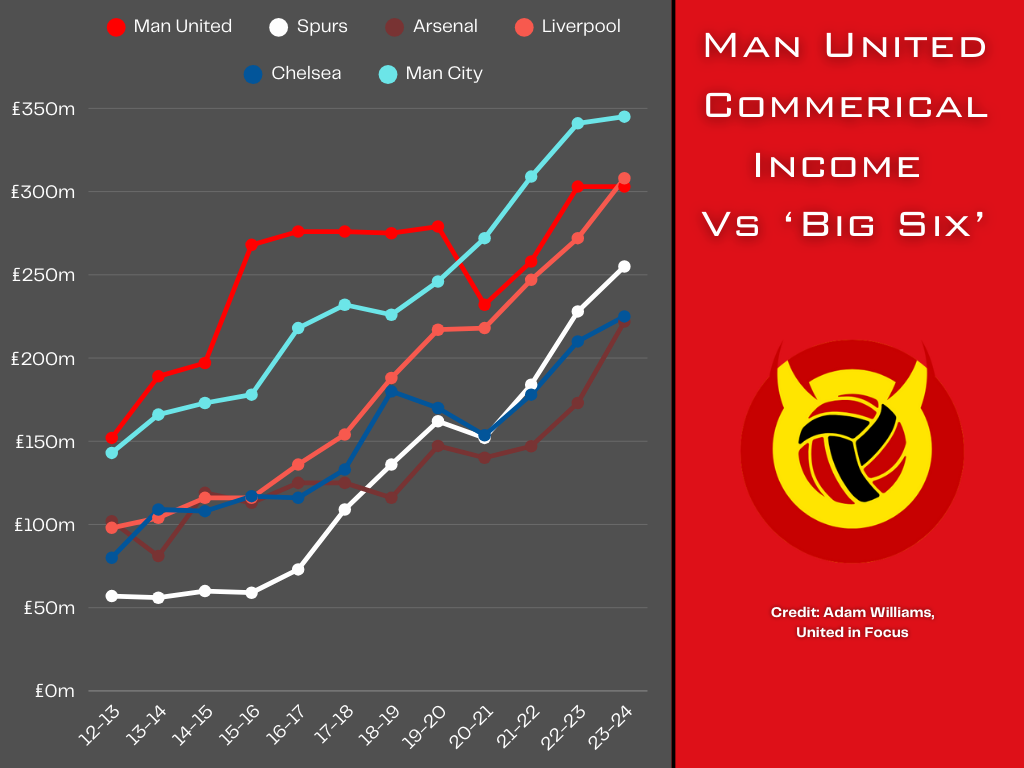
As United jet from continent to continent, the stakes are clear. The tours are a calculated gamble: risking player fatigue and criticism for the promise of financial stability and rejuvenated global appeal. With Amorim’s side seeking to return to the summit both domestically and in Europe, the summer of 2025 may well prove decisive in more ways than one.
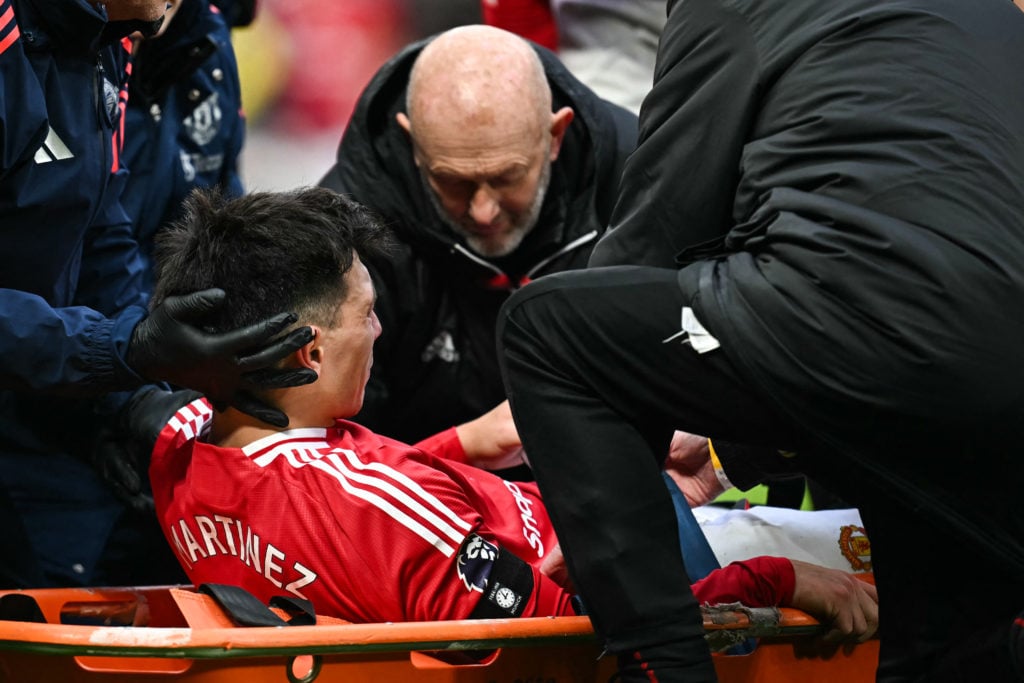
Will the relentless summer mileage and commercial ambition vault Manchester United back to the top or merely highlight the pressures facing elite football’s global superpowers? Share your views in the comments below — are the Red Devils right to chase the far corners of the world, or should the focus be closer to home?